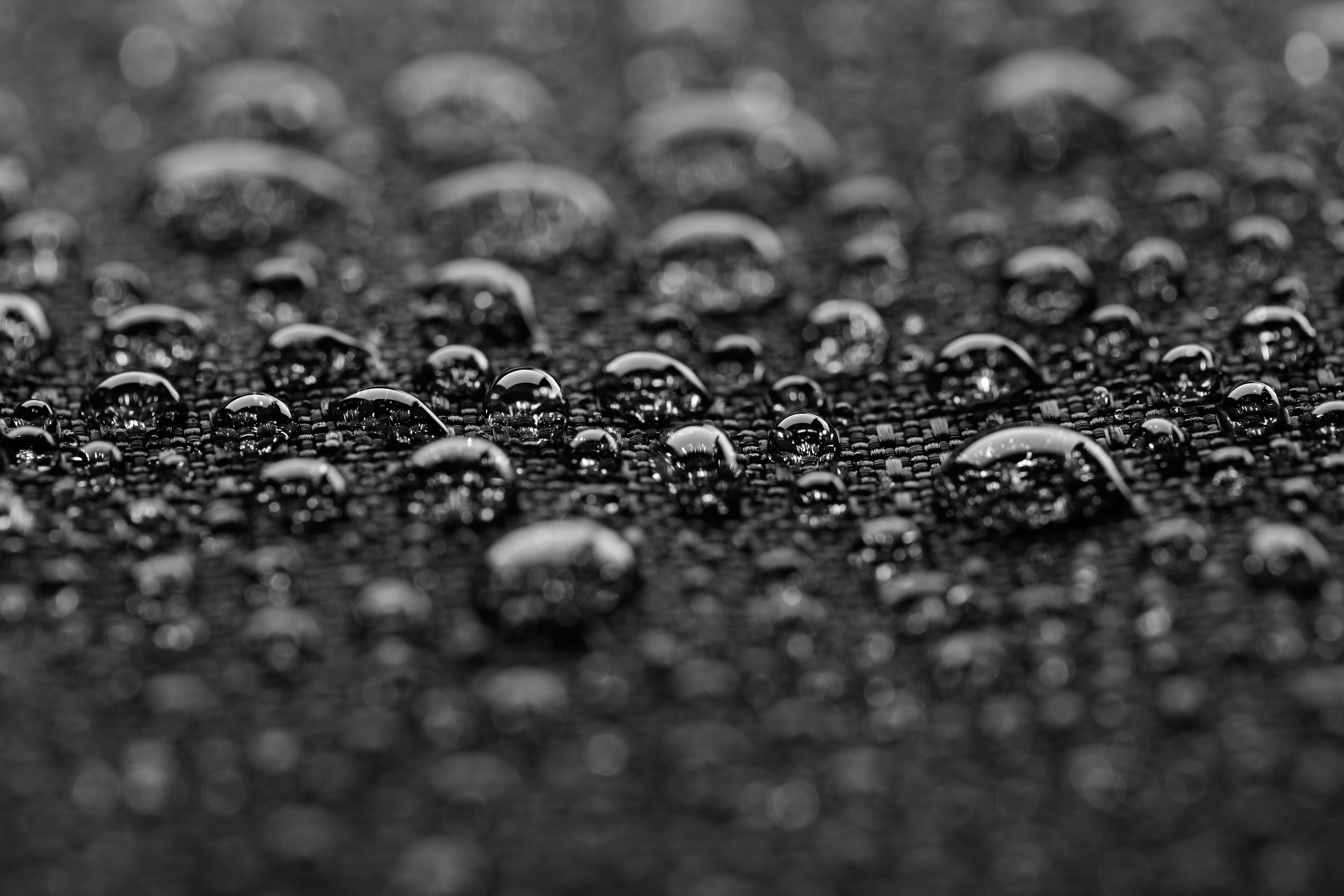SKI JACKET BUYING GUIDE
Your ski jacket is your best friend on the slopes. It keeps you warm in the sub-zero temperatures, protects you from snowfall and wipeouts, and of course, is fundamental to your look. Choosing the right one doesn't have to be a challenge - here are the main things you should be looking out for.
Types Of Jackets
HARDSHELL
A hardshell is a waterproof and wind-resistant jacket designed to stand up to pretty much anything, which makes them ideal for the backcountry. They're not insulated, but form the outer part of your layering system, and can be easily packed away when you're hiking uphill. For the more casual skier, a hardshell might not be the best option as they're not as breathable as a softshell jacket.
SOFTSHELL
A softshell jacket is a versatile layer which can be worn as either a mid-layer or outer layer. Softshell jackets are usually treated with a durable water repellent (DWR) coating, but aren't waterproof, so if you're expecting heavy snow or heading into the backcountry, you'll need a hardshell jacket to wear over your softshell.
INSULATED
If you're a casual skier tearing it up in colder countries like Canada or Norway, an insulated jacket could be right for you. These tend to feature an outer shell for waterproofing and a layer of insulation beneath it, which can be either down or synthetic insulation. Down insulated jackets are great if the weather is -20 and dry, as they tend to be both warm and lightweight. However, do consider your likely level of activity and the temperature, as unless it's well below freezing, chances are an insulated jacket will be too warm for you.

Fit And Style
SLIM
Slim-fit jackets are a good choice for technical skiers, as they reduce drag and give you better control over your movement down the slopes - and let's be honest, they look great too. You may need to choose a size up to allow room for your layers underneath.
REGULAR
The middle ground between the technical feel of a slim-fit jacket and the freedom of movement offered by a looser jacket.
LOOSE
A loose fit is great for coverage and mobility, so is a great choice for freestylers and boarders.
Type Of Skiing
The type of ski jacket you go for ultimately depends on the type of skiing you'll be doing, and what you'll need from your jacket when you hit the slopes.
PISTE
Lapping the mountain, carving up the piste all day, venturing into side country if it's an elusive powder day. Sound familiar? Then this is for you. If you're going skiing in a particularly cold area or at a cold time of year, choose an insulated jacket to keep the chill out. Otherwise, if you're a spring skier then go for a shell which lets you add or remove layers depending on the weather.

BACKCOUNTRY
Hunting for untracked powder and skinning up untouched peaks works up a serious sweat. And that's before you throw in extreme backcountry conditions. A hardshell jacket will be necessary to keep out the elements on the ridges - look for pit zips to let extra heat out - add a softshell underneath will provide breathability and warmth.
FREESTYLE
Quick laps in the park and short chairlifts means the ability to add or remove layers is essential for freestyling, depending on the wait time for jumps and rails. If the park is empty, you'll just need your hardshell to protect you from getting wet, but bring a softshell in your pack for if it gets busy.
Features
HOOD
Most ski jackets will have hoods to keep you dry when the snow (hopefully) falls. But there's more to it than that: does it adjust to snugly fit your head? Do you need it to be helmet-compatible? Is a removable hood important to you?
WRIST GAITERS
Wipeouts are part of the fun - but not when you end up with jacket sleeves full of snow. Wrist gaiters stop this from happening, and can be a simple inner cuff or one that goes over your hand with thumbholes. Which one you go for depends entirely on preference - the latter is warmer but some skiers find they get in the way.

POWDER SKIRT
Like wrist gaiters, most jackets have powder skirts, but they're definitely not all the same. Some are removable, some attach to your ski pants and some just have stretchy panels to go over whatever you're wearing - again it's all down to preference.
VENTS
Vents are usually around the underarms and chest of the jacket, and let you unzip them to cool down. They're usually mesh-backed to stop snow from coming in when they're open.
Discover Your Perfect Gear
Find the perfect ski jacket for your next mountain adventure with our incredible men's and women's ski and snowboard jackets collection at Snow+Rock.
Related articles

Let us know you agree to cookies
We use marketing, analytical and functional cookies as well as similar technologies to give you the best experience. Third parties, including social media platforms, often place tracking cookies on our site to show you personalised adverts outside of our website.
We store your cookie preferences for two years and you can edit your preferences via ‘manage cookies’ or through the cookie policy at the bottom of every page. For more information, please see our cookie policy.




